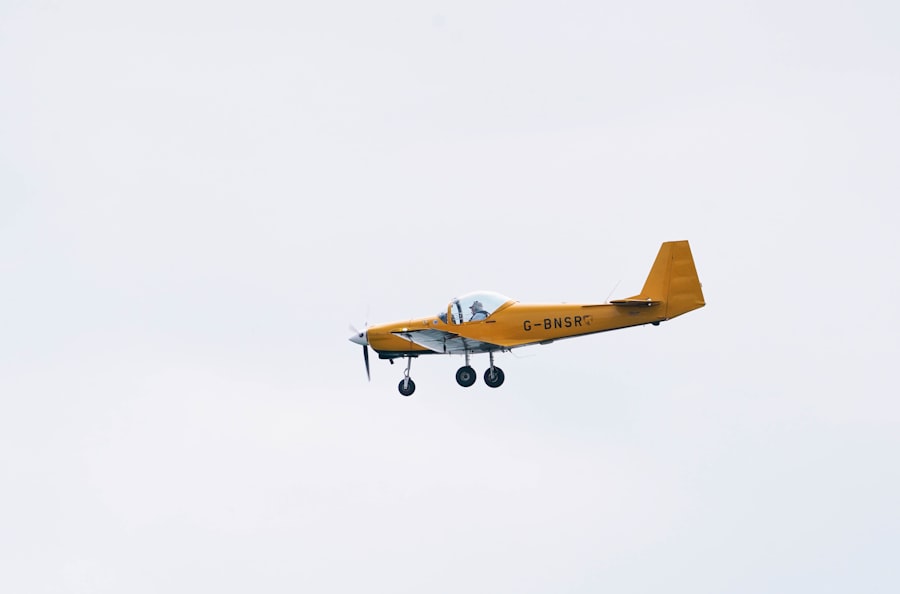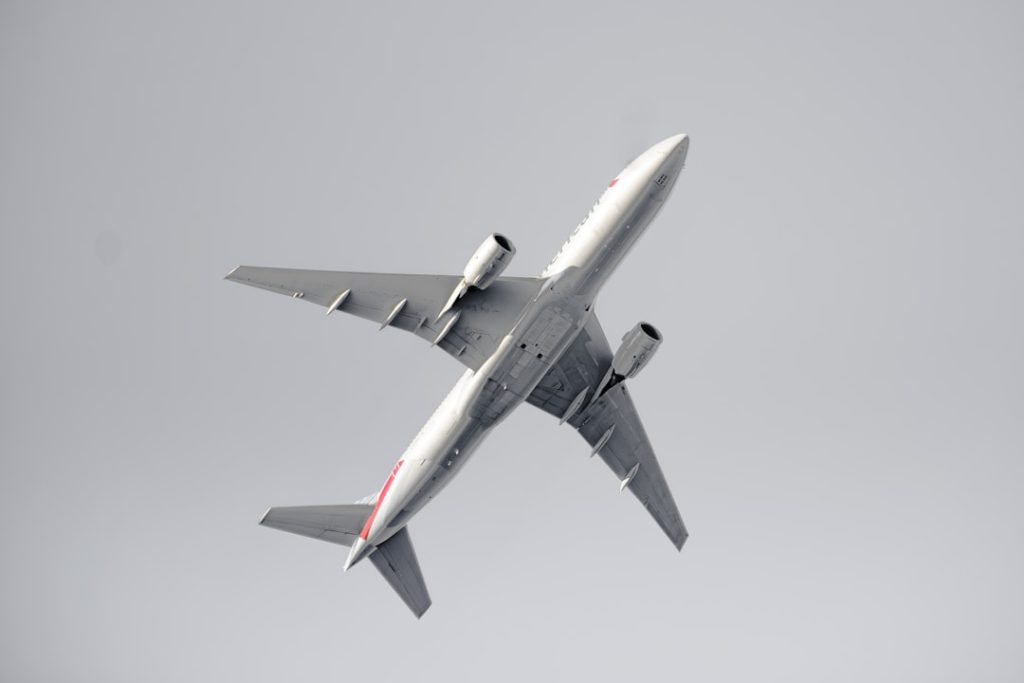The European Aviation Safety Agency (EASA) is a pivotal institution in the realm of aviation safety within Europe. Established in 2002, EASA was created in response to the need for a unified regulatory framework that could enhance the safety and efficiency of civil aviation across the European Union (EU) member states. The agency’s headquarters are located in Cologne, Germany, and it operates under the auspices of the European Union, which provides it with a mandate to develop and enforce safety regulations that govern all aspects of civil aviation.
EASA’s establishment marked a significant shift from a fragmented regulatory environment to a more cohesive and standardized approach to aviation safety. EASA’s primary mission is to ensure a high level of safety and environmental protection in civil aviation. This mission encompasses a wide range of activities, including the certification of aircraft and components, oversight of maintenance organizations, and the establishment of operational standards for airlines.
By harmonizing regulations across member states, EASA aims to create a level playing field for all aviation stakeholders while fostering a culture of safety that transcends national borders. The agency’s work is crucial not only for protecting passengers and crew but also for maintaining public confidence in air travel as one of the safest modes of transportation.
Key Takeaways
- EASA is the European Aviation Safety Agency responsible for regulating air safety in Europe.
- EASA ensures air safety through a risk-based and proactive approach, focusing on prevention and continuous improvement.
- EASA collaborates with national aviation authorities to harmonize safety regulations and standards across Europe.
- EASA’s impact on the aviation industry is significant, as it sets the standards for aircraft certification and maintenance.
- EASA plays a crucial role in promoting international air safety standards and maintaining air safety in Europe.
The role of EASA in regulating air safety in Europe
EASA plays a multifaceted role in regulating air safety throughout Europe, acting as both a regulatory body and a facilitator of collaboration among various stakeholders in the aviation sector. One of its core responsibilities is the development of comprehensive safety regulations that apply uniformly across all EU member states. This regulatory framework covers a wide array of areas, including aircraft design and production, pilot training, air traffic management, and airport operations.
By establishing these regulations, EASA ensures that all entities involved in civil aviation adhere to the same high standards, thereby enhancing overall safety. In addition to creating regulations, EASA is also responsible for monitoring compliance with these standards. The agency conducts regular inspections and audits of aviation organizations, including airlines, maintenance facilities, and training institutions.
These oversight activities are essential for identifying potential safety issues before they escalate into serious incidents. Furthermore, EASA collaborates closely with national aviation authorities to ensure that local regulations align with EU standards, thereby reinforcing a consistent approach to safety across Europe. This collaborative effort is vital for addressing the complexities of aviation safety in an increasingly interconnected world.
EASA’s approach to ensuring air safety

EASA employs a proactive and risk-based approach to ensuring air safety, which is characterized by its emphasis on data-driven decision-making and continuous improvement. The agency utilizes extensive data collection and analysis to identify trends and potential hazards within the aviation sector. By leveraging this information, EASA can prioritize its regulatory efforts and allocate resources effectively to address the most pressing safety concerns.
This approach not only enhances the agency’s ability to mitigate risks but also fosters a culture of transparency and accountability within the aviation community. Moreover, EASA places significant emphasis on stakeholder engagement as part of its strategy for ensuring air safety. The agency actively involves industry representatives, national authorities, and other relevant stakeholders in the regulatory process through consultations and workshops.
This collaborative approach allows EASA to gather valuable insights from those directly involved in aviation operations, ensuring that regulations are practical and effective. By fostering open communication channels, EASA can adapt its policies to reflect the evolving landscape of aviation while maintaining a steadfast commitment to safety.
EASA’s collaboration with national aviation authorities
| Country | Level of Collaboration | Joint Projects |
|---|---|---|
| Germany | High | Joint safety assessments |
| France | Medium | Information sharing on regulatory changes |
| Spain | Low | Ad-hoc technical exchanges |
Collaboration with national aviation authorities (NAAs) is a cornerstone of EASA’s operational framework. Each EU member state has its own NAA responsible for overseeing civil aviation within its jurisdiction. EASA works closely with these authorities to ensure that national regulations align with EU standards and that best practices are shared across borders.
This partnership is essential for creating a cohesive regulatory environment that enhances safety while respecting the unique circumstances of each member state. One of the key mechanisms for collaboration is the European Coordination Group (ECG), which brings together representatives from EASA and NAAs to discuss regulatory developments, share information, and coordinate efforts on safety initiatives. This group serves as a platform for addressing common challenges and fostering mutual understanding among member states.
Additionally, EASA provides training and support to NAAs to enhance their capabilities in areas such as oversight and enforcement. By strengthening the capacity of national authorities, EASA ensures that safety regulations are effectively implemented at the local level.
EASA’s impact on the aviation industry
The impact of EASA on the aviation industry is profound and far-reaching. By establishing a harmonized regulatory framework, EASA has significantly improved safety standards across Europe, contributing to a remarkable decline in accident rates over the past two decades. The agency’s rigorous certification processes ensure that only aircraft and components meeting stringent safety criteria are allowed to operate within EU airspace.
This not only protects passengers but also enhances the reputation of European aviation on the global stage. Furthermore, EASA’s influence extends beyond regulatory compliance; it also drives innovation within the industry. By promoting research and development initiatives focused on safety enhancements, EASA encourages manufacturers and operators to adopt new technologies and practices that can further reduce risks.
For instance, EASA has been at the forefront of initiatives related to unmanned aerial vehicles (UAVs) and advanced air mobility solutions, recognizing the need for updated regulations that address emerging challenges while maintaining high safety standards. This forward-thinking approach positions Europe as a leader in aviation innovation while ensuring that safety remains paramount.
Challenges and future developments for EASA

Despite its successes, EASA faces several challenges as it navigates an ever-evolving aviation landscape. One significant challenge is the rapid pace of technological advancements in the industry. Innovations such as electric aircraft, autonomous systems, and advanced air traffic management solutions present both opportunities and complexities for regulatory oversight.
EASA must adapt its regulatory framework to accommodate these developments while ensuring that safety remains uncompromised. This requires ongoing collaboration with industry stakeholders to understand emerging technologies and their implications for air safety. Another challenge lies in addressing environmental concerns associated with aviation.
As global awareness of climate change intensifies, there is increasing pressure on the aviation sector to reduce its carbon footprint. EASA is actively engaged in initiatives aimed at promoting sustainable aviation practices, including the development of regulations that support the use of alternative fuels and more efficient operational procedures. Balancing environmental sustainability with safety considerations will be crucial for EASA as it seeks to guide the industry toward a more sustainable future.
EASA’s role in promoting international air safety standards
EASA’s influence extends beyond Europe; it plays a vital role in promoting international air safety standards on a global scale. The agency collaborates with international organizations such as the International Civil Aviation Organization (ICAO) to align European regulations with global best practices. This collaboration ensures that EASA’s regulatory framework not only meets regional needs but also contributes to the establishment of consistent safety standards worldwide.
Through its participation in international forums and working groups, EASA advocates for policies that enhance global aviation safety while addressing emerging challenges such as cybersecurity threats and environmental sustainability. By sharing its expertise and experiences with other countries, EASA helps foster a culture of safety that transcends borders. This commitment to international cooperation is essential for addressing the complexities of modern aviation, where cross-border operations are increasingly common.
the importance of EASA in maintaining air safety in Europe
The European Aviation Safety Agency stands as a cornerstone of air safety regulation within Europe, playing an indispensable role in ensuring that civil aviation operates at the highest standards of safety and efficiency. Through its comprehensive regulatory framework, proactive approach to risk management, and collaborative efforts with national authorities and international organizations, EASA has significantly contributed to making air travel one of the safest modes of transportation available today. As the aviation industry continues to evolve in response to technological advancements and environmental challenges, EASA’s role will remain critical in navigating these changes while maintaining an unwavering commitment to safety.
The agency’s ability to adapt its regulations and foster collaboration among stakeholders will be essential for addressing future challenges and ensuring that Europe remains at the forefront of global aviation safety standards.


